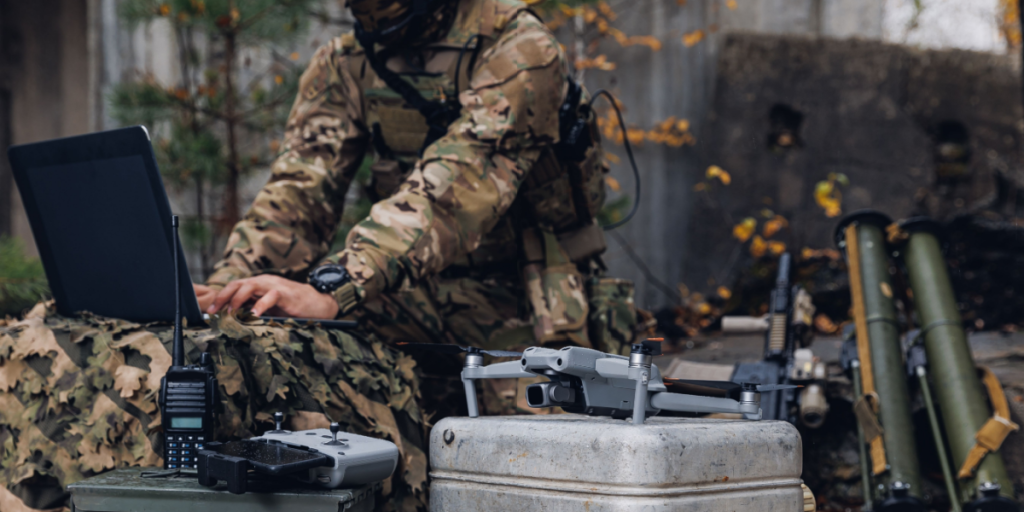In a precision drone strike, Ukraine shattered long-held assumptions about modern warfare—and sent a powerful message to both Moscow and the West.
Others are reading now
When the Ukrainian Security Service (SBU) launched “Operation Spiderweb” on June 1, 2025, it wasn’t just crossing into Russian airspace—it was rewriting the rules of asymmetrical warfare. After 18 months of covert planning, Ukraine deployed more than 100 FPV drones to hit four major Russian air bases, destroying or disabling over 40 long-range bombers.
Drones vs. superpower
According to Ukrainian President Volodymyr Zelensky, the operation was executed with exacting coordination across multiple time zones. As reported by LA.lv, the drones were hidden in mobile wooden crates, mounted on trucks smuggled deep into Russian territory—often just meters from the target bases.
The most interesting part is that our operations hub was right next to FSB facilities
The targets included Tu-95, Tu-22M3, A-50, and even Tu-160 bombers—cornerstones of Russia’s long-range strike capability. Experts note that many of these aircraft are nearly irreplaceable. Some are no longer in production, and Russia’s capacity to repair them is hampered by sanctions, workforce shortages, and outdated infrastructure.
Also read
A message beyond Moscow
This bold strike wasn’t just about degrading Russian air power. It came just before new peace talks in Istanbul, giving Ukraine leverage far beyond battlefield statistics. As reported by BBC, many Western allies—especially in the U.S.—have shown signs of fatigue, urging Ukraine to consider concessions. One Ukrainian official confided that “Americans are acting as if we’ve already lost.”
But Spiderweb told a different story.
Turns out Ukraine still holds a few cards—and today, they played the Drone King
The Washington Post columnist Max Boot drew historical parallels, calling the mission “a rewrite of the rules of war,” comparing its disruptive nature to Japan’s 1941 attack on Pearl Harbor. Where that event proved battleships were obsolete, Ukraine may have just done the same to manned bombers.
A global wake-up call
Beyond the immediate military blow to Russia, Spiderweb raises uncomfortable questions for global defense. If Ukraine can embed drone-launch platforms undetected in Russia, what’s stopping other nations—like China or Iran—from replicating that tactic near NATO bases?
According to Janis Sārts, Director of the NATO Strategic Communications Centre of Excellence, the greatest impact may be psychological. After months of bleak headlines, the operation has given Ukrainians and their allies something invaluable: hope.
And in modern warfare, morale can be as strategic as missiles.


